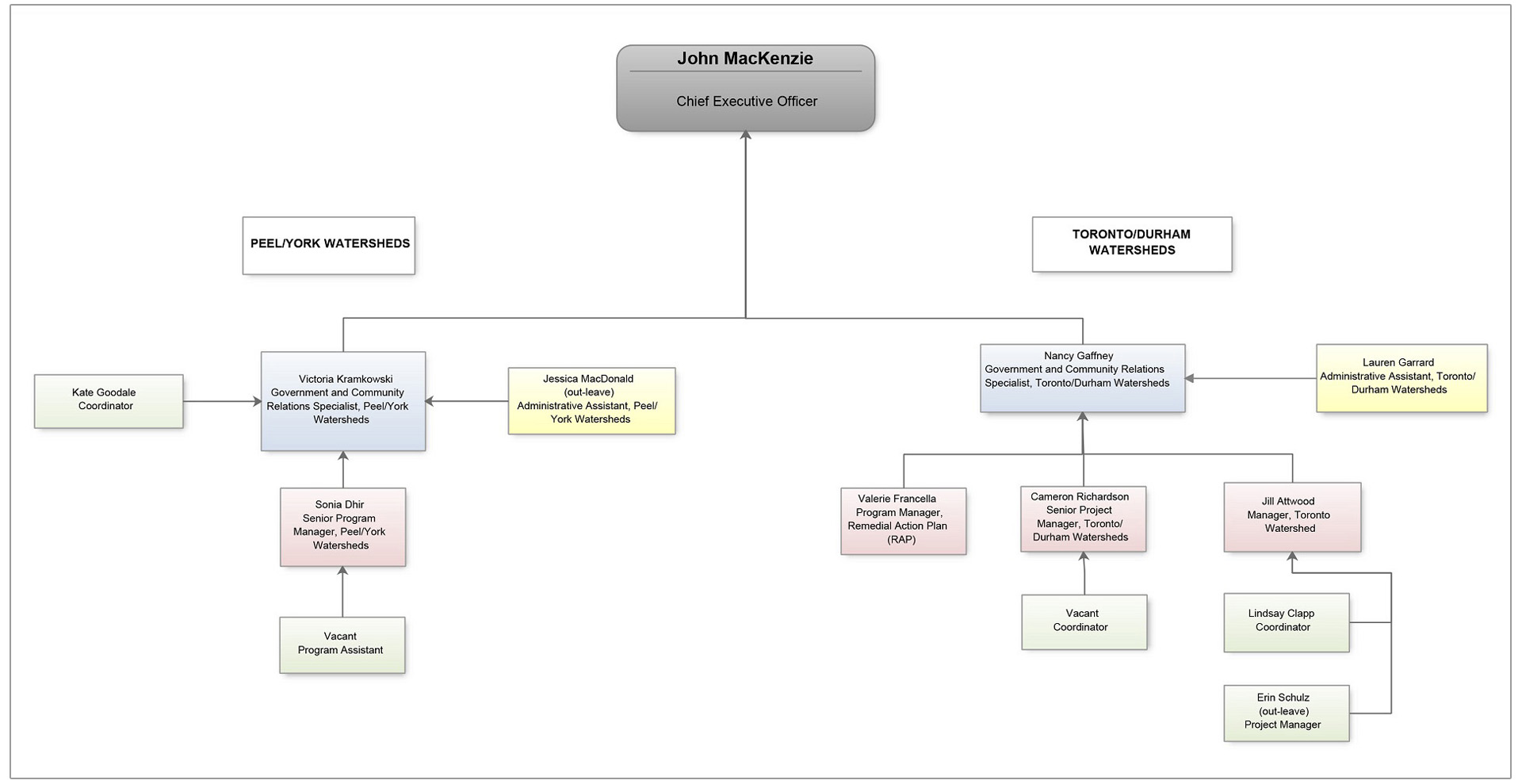Role of the Government and Community Relations Business Unit
August 6, 2020
 During the last few months, I have had the opportunity to visit with staff at various locations in the field, in addition to participating in numerous virtual meetings. During some of these visits and meetings, staff raised questions about the cross-divisional nature of the work being done by the Government and Community Relations business unit. As a result of this interest, I felt it would be beneficial to share some information about the business unit and their updated mandate with all of you.
During the last few months, I have had the opportunity to visit with staff at various locations in the field, in addition to participating in numerous virtual meetings. During some of these visits and meetings, staff raised questions about the cross-divisional nature of the work being done by the Government and Community Relations business unit. As a result of this interest, I felt it would be beneficial to share some information about the business unit and their updated mandate with all of you.
The Government and Community Relations business unit, which has been reporting to me since November of last year, was created in order to help focus and coordinate efforts across TRCA divisions as we develop new projects, respond to Board of Director and political official requests, and update and finalize Memorandums of Understanding (MOU’s) and Service Level Agreements (SLA’s) with our municipal and government partners, as well as additional key stakeholders, as per updated Conservation Authorities Act requirements.
At TRCA, we work with stakeholders within all levels of government, their partner agencies, community organizations, and members of the public in the process of fulfilling our organization’s mandate. The Government and Community Relations business unit plays an important role in coordinating communications with these stakeholders by the formalization of these relationships via MOU’s and SLA’s and regular TRCA/partner meetings. The unit helps to ensure that issues and opportunities with stakeholders are raised to appropriate divisions/business units and relevant SLT and SMT members, and are addressed on a timely basis.
The Government and Community Relations business unit is divided into two sections by geographical area: Toronto/Durham Watersheds/municipalities under Nancy Gaffney, and Peel/York Watersheds/municipalities including Adjala-Tosorontio and Mono under Victoria Kramkowski. With that being said, both parts of the business unit frequently collaborate on projects that are relevant to TRCA as a whole.
Government and Community Relations Org Chart
August 2020
Click on the image below to view a full-sized version of the chart.
To provide further clarification, the business unit is responsible for:
- Tracking and following up on communications and requests from elected officials and Board Members in support of TRCA’s mandate. This includes closely following protocols related to elected official and Board of Director communications. A great deal of this work includes supporting partner government, agency, and community stakeholders with coordinated, cross-divisional responses to public inquiries received by their offices.
- Creating, in conjunction with CEO, SLT, Communications, and relevant TRCA staff, regular touchpoints with Board Members and elected officials, to ensure that they receive relevant information to be shared with their constituencies, including updates on TRCA and partner programs and projects of interest within their jurisdictions.
- Escalating business opportunities that are learned through conversations with stakeholders through the appropriate division/business unit that would complete the work, and providing support in the writing of business cases, in accordance with the SBPP Statement of Interest (SOI) process prior to SLT consideration.
- Supporting the appropriate division/business units in the development of MOUs and SLA’s as part of the corporate effort to formalize relationships with stakeholders as required by the Conservation Authorities Act, to be presented to SLT and the Board of Directors (as required) for approval. This effort includes working with partners to ensure that municipal and/or agency Board approvals are received, which may include working with partners on updating their procurement policies, working on municipal staff reports for Council consideration, etc.
- Working with the Clerk’s department, the CEO, SLT and SMT, and Regional Watershed Alliance (RWA) members on development of agendas, reports, and content for the RWA, a subcommittee of the Board of Directors.
- Leveraging the RWA network as a forum for engagement on TRCA initiatives being led by other internal business units and external partners that are relevant to the RWA. This includes obtaining insights from the RWA to advance TRCA’s mandate to fulfill and go above and beyond EA Act consultation requirements for major environmental assessments (e.g., Brampton Flood Protection Project).
- Serving on relevant governmental and partner committees and working groups where a cross-divisional TRCA perspective is required. This may include close collaboration and the involvement of subject matter experts in various TRCA divisions. These include the Peel Climate Change Partnership, Toronto Marine Strategy Technical Advisory Committee, and other committees, working groups, and panels.
- As part of TRCA’s cross divisional teams, supporting the engagement and communications efforts of other divisions on major initiatives involving municipal and stakeholder consultation, e.g., Glen Haffy Master Plan, Carruthers Creek Watershed Plan, etc.
The Government and Community Relations business unit, the CFOO, and I have updated our Board of Directors on the work underway and required support to achieve MOU’s and SLA’s with partner municipalities in the context of the updated Conservation Authorities Act and emerging regulations. The timing of completion of MOU’s and SLA’s, which includes TRCA Board of Director and municipal council approvals, is projected to occur in 2021 pending the timing of the release and finalization of provincial regulations.
Over the next number of months, staff within the Government and Community Relations business unit will be reaching out to your divisions more frequently, in our effort to finalize numerous municipal reports, MOU’s and SLA’s for municipal council and agency Board consideration this coming fall. Our Chair, Jennifer Innis and I, along with SLT, appreciate the efforts of all of you and your teams to support these initiatives, which will formalize the valuable services TRCA provides to our communities and advance our fee for service model as outlined in our updated Strategic Plan.
Sincerely,
John MacKenzie, M.Sc.(Pl) MCIP, RPP
Chief Executive Officer
Toronto and Region Conservation Authority (TRCA)
